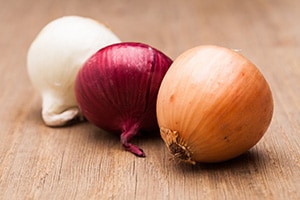From: "Media@cdc.gov (CDC)" <sohco@CDC.GOV>
To: MMWR-MEDIA@LISTSERV.CDC.GOV
Subject: CDC Investigation Notice: CDC Investigating Outbreak of 125 Salmonella Infections in 15 States
Date: Jul 21, 2020 5:59 PM
Good afternoon,
CDC and several states are investigating a rapidly growing outbreak of Salmonella Newport infections. A source of the infections has not been identified. The investigation notice is posted here: https://www.cdc.gov/salmonella/newport-07-20/index.html.
Key points:
- A specific food, grocery store, or restaurant chain has not been identified as the source of this outbreak.
- Health officials are interviewing ill people to ask them about foods they ate in the week before they got sick and any other exposures as they work to identify the source of these illnesses.
- The outbreak was first identified on July 10, 2020, with 13 ill people reported from three states. Over the next 10 days, the outbreak grew to a total of 125 ill people reported from 15 states.
- 24 people have been hospitalized. No deaths have been reported.
- This investigation is active and evolving. As more data is gathered, we will add additional information to the outbreak notice.
CDC advises people to take action if you have symptoms of a Salmonella infection:
- Talk to your healthcare provider.
- Write down what you ate in the week before you started to get sick.
- Report your illness to the health department.
- Assist public health investigators by answering questions about your illness.
- Most people infected with Salmonella develop diarrhea, fever, and stomach cramps 6 hours to 6 days after being exposed to the bacteria.
- The illness usually lasts 4 to 7 days, and most people recover without treatment.
- In some people, the illness may be so severe that the patient is hospitalized. Salmonella infection may spread from the intestines to the bloodstream and then to other parts of the body.
- Children younger than 5, adults 65 and older, and people with weakened immune systems are more likely to have severe illness.
If you have questions about cases in a particular state, please call that state’s health department.







Comment